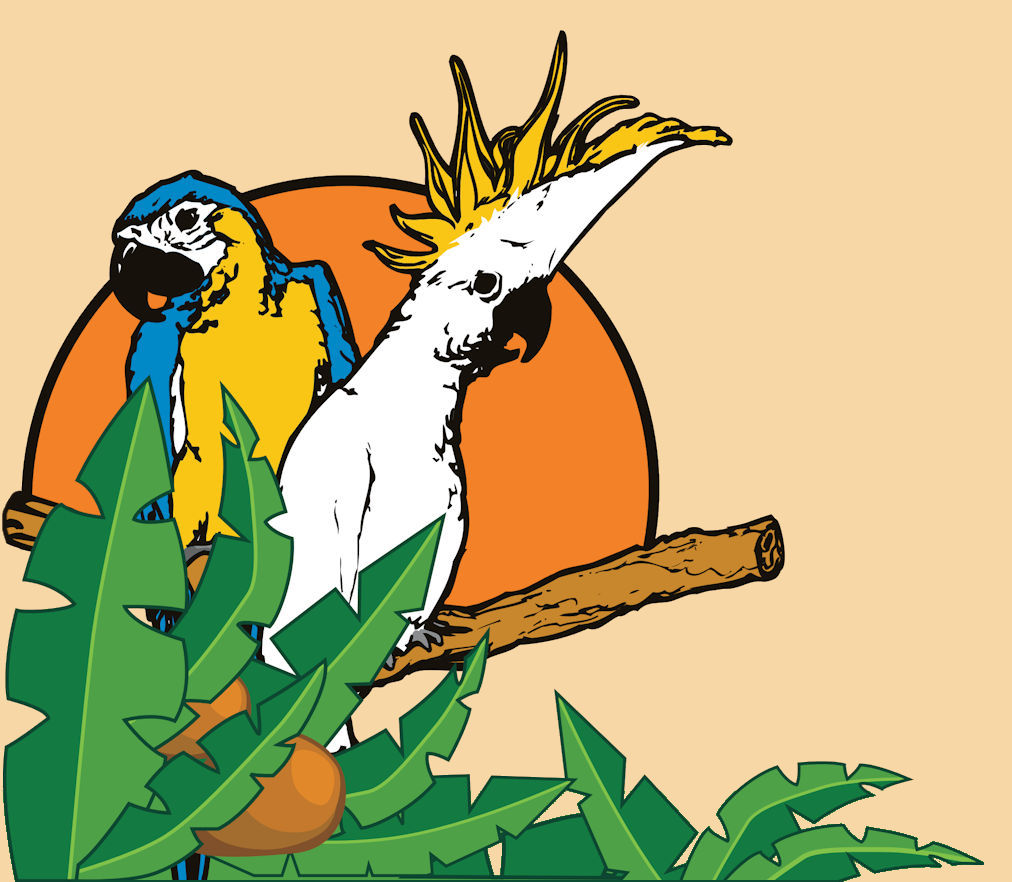Parrots can be great companions, but many are still very in-tune with their wild instincts. With Spring arriving, bird of all kinds will be going through hormonal changes and may act differently and exhibit new behaviors.
Signs to Look For:
Many times there are not quick solutions for these unwanted behaviors, but this is a normal period in your birds lifecycle. Some birds react strongly, other times you may not notice any changes. Behaviors can be short-lived, lasting only a week, or much longer, for even a month. Some behaviors, like paper shredding, can be discouraged by changing the type of bedding to walnut shell or corn cob. Prevent hiding in dark areas by closing off gaps under furniture or providing a stand instead of letting them walk on the ground. Some of the bonding and breeding behaviors are actually established and unknowingly encouraged by owners- like constant petting. Try engaging your bird with independent play, foot toys, or training sessions.
